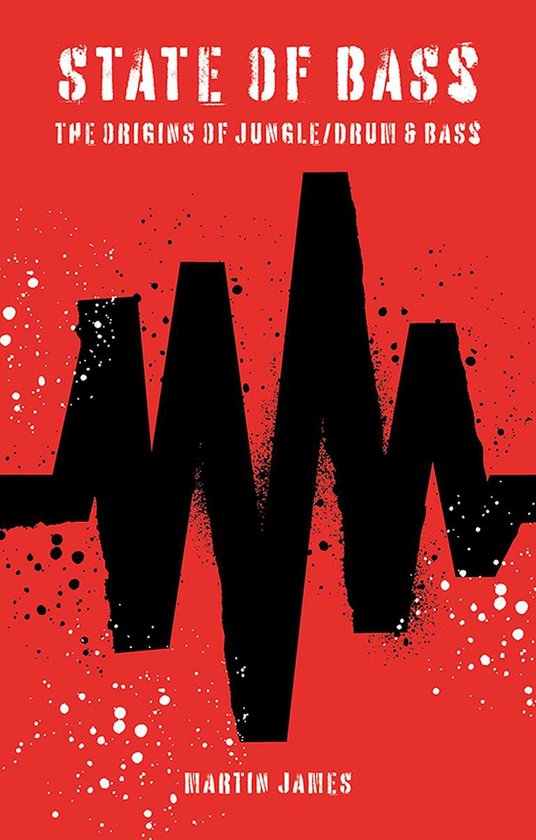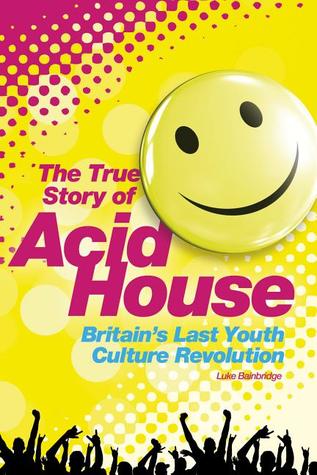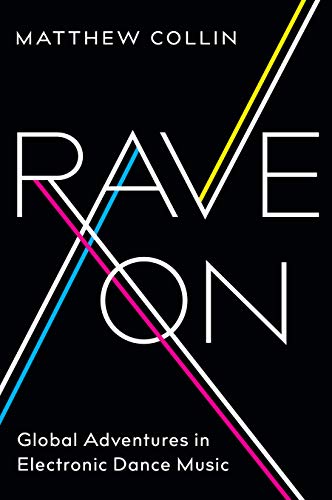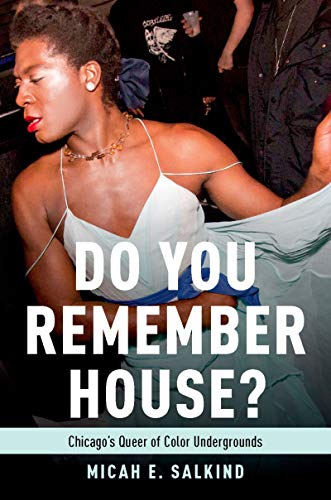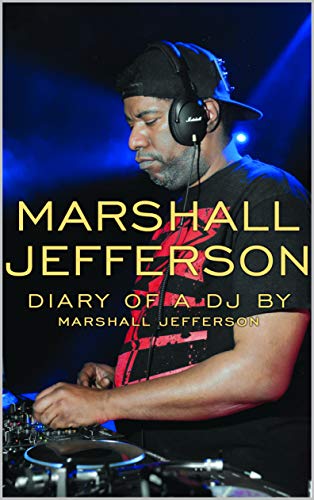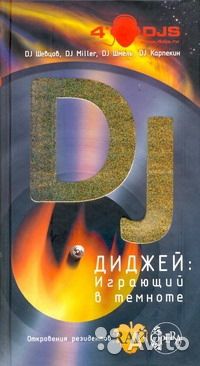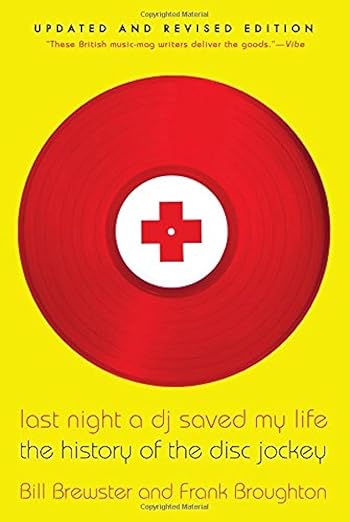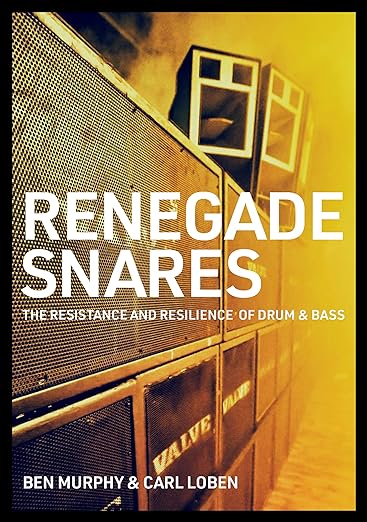One genre, one session: an hour-long evening rave practice
of deep listening, movement therapy, and
conventional electronic music research.
Social dimension. Focus on community issues such as disconnection, loss, precarity, lack of relevance, tension, and frustration. People experience a call for the format that this practice provides. Its goals are to integrate and socialize, to release tension, and to create a space for community. The project involves working with supporting programs. We are constantly looking for local communities and professionals to interact with, to become agents and participants.
The project is developed and delivered in close collaboration with DJs, agents of mindfulness practice, and an audience based on deep listening*. Projection, broadcasting instructions during the DJ set, suggests how to consciously listen. The base becomes the steps that the audience chooses as internal responses to the sound. By answering the questions, the rave-participant moves through the space as if it were his or her own sensory map.
30.03.2023
07.07.2023
Bassline x Tactile Awareness
How to analyse the cultural code of the bassline through interaction with fabrics.26.10.2023
Hardcore x Olfactory Awareness
How to analyse the cultural code of the hardcore through interaction with odours.The starting point is "genre music". The aim of this work is to search for an extra-institutional practice as a manifesto of freedom, and at the same time an acoustic exploration of the genre.
* Inspired by “deep listening," as developed by American composer Pauline Oliveros, it explores the difference between the involuntary nature of hearing and the conscious nature of listening.
Any genre is essentially a constraint. Its score, drives the DJ and the audience.
Just as we, trapped within our own structure, are subjected to power-hierarchical relationships.
What if we focus on the exits and mistakes?
Can the genre become post-rational and immersive, remove passivity and frustration by engaging in new sensual practices of synesthesia?
The project in its educational part tells about the origins of genre-music, introduces key figures and tracks. The line-up becomes
an unfolding scenario of immersion and experiencing states of collective sensuality.
Musician as the guide becomes the master of practice through the dynamics of his set, juxtaposing, connecting and contrasting classic and unfairly forgotten tracks. He creates his own statement about the historical roots of music, presenting his vision of its further evolution.






Leaving the past and immersing ourselves in new social environments, today we are increasingly seeking relief and emotional balance in non-clinical ways, creating new rituals. Exhausting dancing and listening tension can have undeniably therapeutic results. Akin to ecstatic practices, the “dancefloor” allows us to dissolve amongst the crowd, to connect with our own bodies, and to find a sense of unity from being in community with others. Through association, we distance ourselves from our own anxieties, reducing each other's anxieties, and the music itself gives us a sense of release.
“There is something sacred about our nature and the nature of things—the nature of coming together, being together, getting in contact with each other and having a sensitive connection to what we are doing.”
Charlotte Selver


